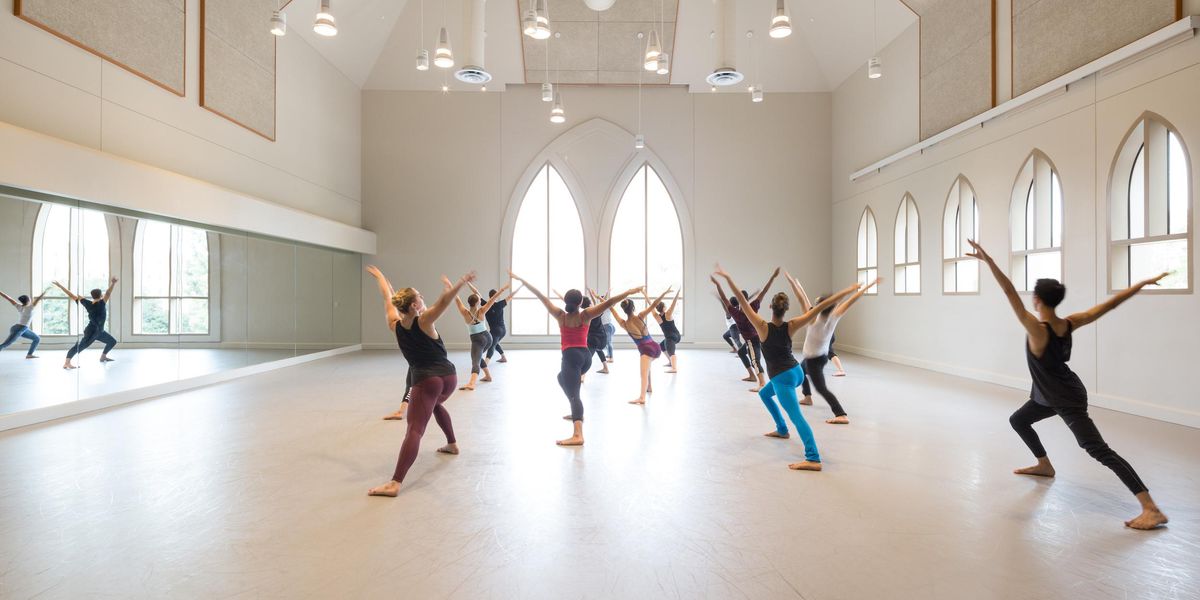Tackling Depression
As a teenager, I had a coveted place in the highest level at San Francisco Ballet School. But every night I would sit on the roof of my apartment building, wishing the gray fog would carry me away with it. I knew that the next morning I’d have to return to the studio, and my ice bucket, to soak a fractured bone and watch my peers improve without me.
Depression is a silent struggle. There is no X-ray or blood test, so to others it can look like exhaustion, laziness or a bad attitude. According to Dr. Bonnie Robson, a psychiatrist who has worked with dancers since 1983, depression will affect nearly one in five Americans in their lifetime. But for all the nutrition, Pilates and stage-makeup seminars presented to young dancers, mental health is often the elephant in the room.
Why It Happens to Dancers
The perfectionistic drive of most dancers may make them more predisposed to depression. Dr. Brian Goonan, a psychologist who works with Houston Ballet Academy, points out that the natural progression in dance is to go from your small pond, where you are the big fish, to a bigger pond. And once you are the big fish there, you go to an even bigger pond. “So until you are the principal in the best company, you are always looking to a bigger pond,” he says. Sometimes it feels like the progress just stops, which can send dancers into spirals of self-doubt. “Someone is always doing something better than you are.”
Often, the onset comes after a psychological or physical loss, such as losing a part, says Robson. For dancers, injury is the most common trigger. In addition to the physical pain, and the heartbreak of missing performances, dancers are separated from their social support system if they’re no longer in the studio.
Major life transitions can also put you at risk. “Most people experience their first depression in their late teens or early 20s,” says Robson. For dancers, this is a time of more-competitive schools, company auditions, new jobs and relocations. You may find yourself in a strange city, managing alone for the first time.
Signs and Symptoms
One troubling symptom in dancers is fatigue. This is particularly dangerous because it puts you at a high risk for injury. Other symptoms include depressed mood, trouble concentrating, significant weight loss or gain, sleeping more or less than usual, decreased interest in dance or other activities that normally make you happy, feelings of worthlessness or guilt, or thoughts of suicide.
Goonan says that some of the dancers he treats for depression feel like they want to quit dance completely. This reaction is normal and does not mean that you should, or will, stop dancing. “Part of the developmental process is coming to a point where you make a conscious decision to push harder and keep dancing.”
What To Do
First, reevaluate your goals, advises Goonan. Are you setting yourself up to feel like a failure? Instead of having the goal to dance in American Ballet Theatre, aim for something you have control over, like going to Pilates twice a week to increase your core strength.
Also, find mentors who can help you identify the difference between a plateau and actual limitations. If a teacher who knows you well tells you that you can do it, believe them.
Diversifying your life can also help. Find a hobby that makes you happy and nurture it. Make space for the people that you love.
Most importantly, don’t be afraid to seek professional help. Ask your physical therapist or trainer if they can recommend licensed psychologists who work with dancers. You can also contact the Performing Arts Medicine Association for referrals. Goonan says that confidentiality is key: Talk to someone who is not able to share anything you say with your company or school so that you can be completely open. If your symptoms become severe, or last for an extended period of time, medication may become necessary. Being treated for depression does not mean you are weak, but it will make you stronger.




